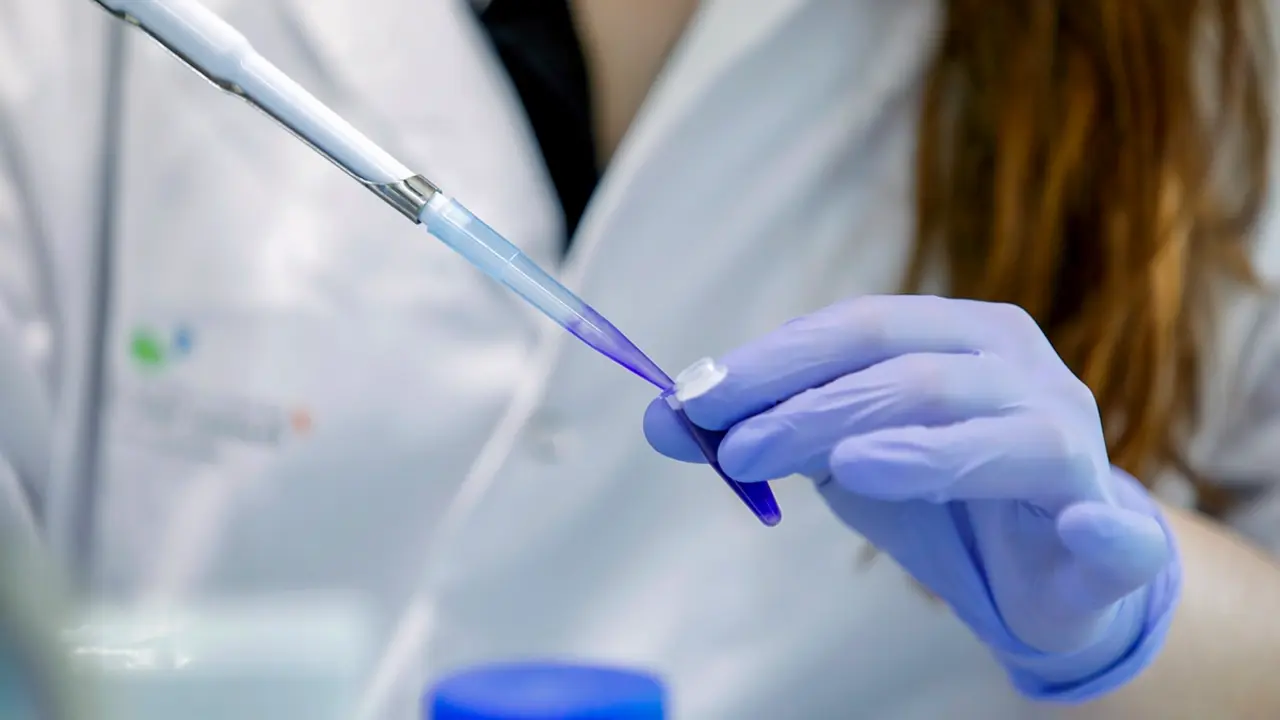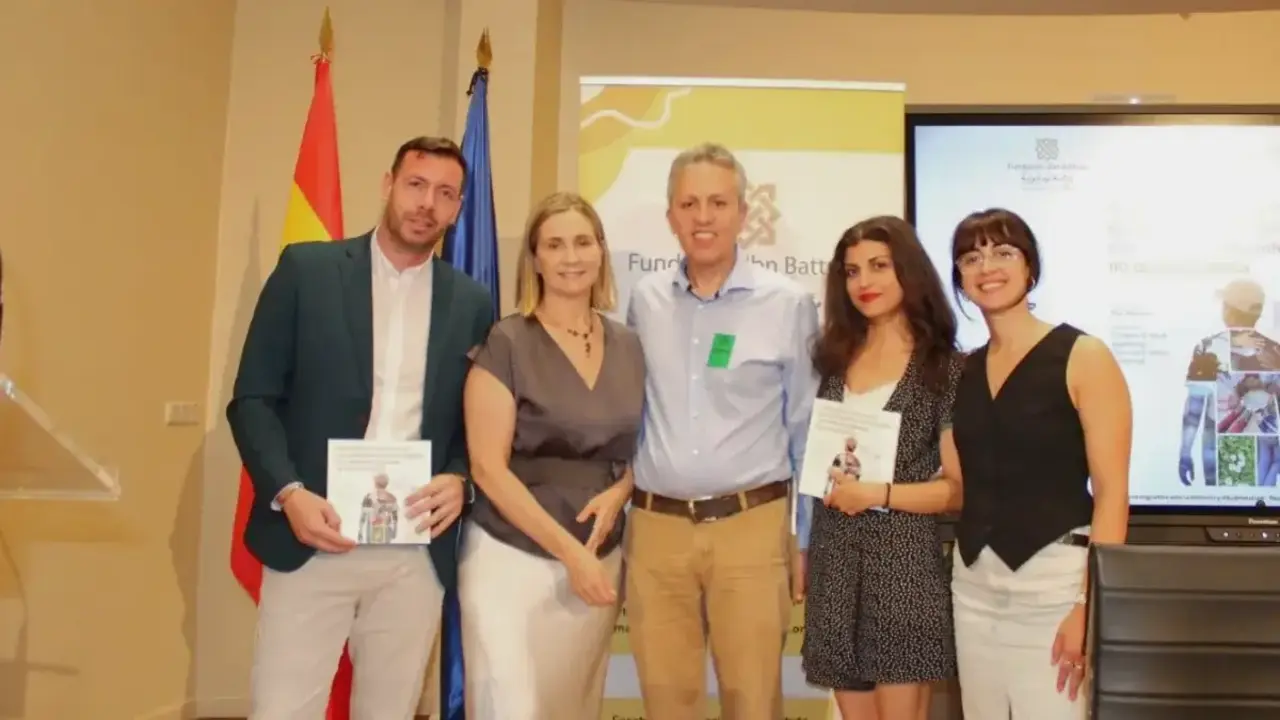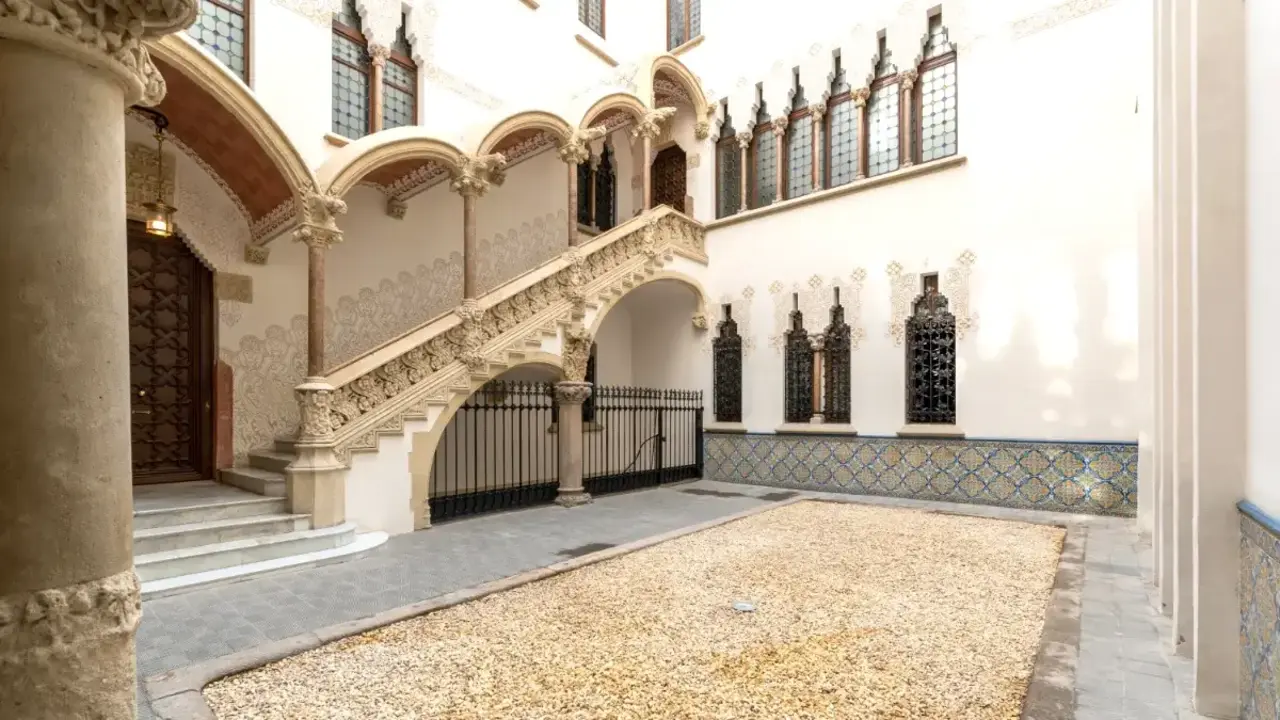Spanish satellite Ingenio travels from Madrid to French Guiana to be placed in orbit in November

The start of the activities to launch the Spanish electro-optical satellite Ingenio is going to begin imminently, in very few days. A giant of the air, the Antonov An-124-100 Ruslan aircraft of the Russian company Volga-Dnepr - specialised in the transport of large, heavy and delicate loads - will arrive at the Madrid air base of Torrejón in the middle of this week to embark Ingenio on its way to French Guyana, "from where it will be placed in orbit on November 18 (updated)", official sources confirm, on board a European Vega launcher.

Ingenio travels protected inside a container equipped with an air conditioning system, "to keep the temperature constant and to ensure that any incident during the journey does not alter the high sensitivity of its observation sensors or the equipment on board". After a flight of just over 9 hours over the Atlantic, the four-jet will land at Felix Eboué International Airport in Cayenne, the capital of French Guiana, an Overseas Department located in the north-east of Brazil and some 7 000 kilometres from Paris, which is part of the European Union as an outlying region. Immediately after the arrival of the Russian aircraft, the Spanish satellite will be landed and taken by road in a military convoy to the Kourou space base, which is 65 kilometres from the airport.

A dozen Spanish technicians from the space systems branch of Airbus Defence and Space, the company that developed and manufactured them at the Barajas factory (Madrid), will be waiting for you at the space base. The team left last Friday from Madrid-Barajas airport Adolfo Suárez on a regular flight via Paris-Orly, from where it took an Air France plane covering regular flights to Guyana.
The role of the Airbus personnel already in Kourou is to check that Ingenio has not been damaged during its long journey and to support the technicians of Arianespace, the company responsible for fitting out the satellite inside the Vega rocket. Classified as Vega Flight 16 (VV16), it will put it into orbit at 720 kilometres altitude in just over 40 days, if no setbacks occur that delay the announced take-off. Better known among Spanish space industry professionals as SeoSat -an acronym for the English Spanish System for Earth Observation Satellite-, it is owned by the Centre for the Development of Industrial Technology (CDTI), a public company belonging to the Ministry of Science and Innovation, whose owner is Minister Pedro Duque.
Once the manufacturing of the satellite had been completed, its cameras, telescopes and sensors integrated (the latter under the responsibility of SENER) and it had passed the technical tests, at the end of April 2019 the ESA gave the go-ahead for its launch into orbit. After carrying out the compatibility and simulation tests of the separation between the satellite and its launch vehicle, Ingenio has been stored for a year at the Madrid headquarters of Airbus Space Systems in Spain, under maximum security conditions and inside a room with constant temperature and pressure.

As the entity to which the CDTI has entrusted the technical management of the programme, ESA has given the order for Ingenio to leave Spain for Kourou and begin the launch campaign, which will last about 40 days and will conclude with the placement of Ingenio in space at the beginning of November.
Ingenio is a project that forms part of the National Programme for Earth Observation by Satellite (PNOTS) and is also included in the Spanish Strategic Space Plan 2007-2011. The CDTI launched the initiative with the main purpose of being used for cartographic applications, urban and water resources management, environmental monitoring and to contribute with its images to determine the scope of disasters and to provide greater agility to measures to help solve emergency situations.
As a secondary task, it will be devoted to carrying out security missions over Spanish territory, in a spatial manner for the surveillance of land and maritime borders and also as an instrument of cooperation with the countries of Ibero-America and North Africa. Weighing around 700 kilos, it has two powerful telescopes whose sensors enable it to capture digital images of the Earth in the visible and near-infrared spectra, with a resolution of 2.5 metres in the panchromatic channel (black and white) and 10 metres in the multispectral channel (colour).

But Ingenio does not travel alone into space, nor does it travel to French Guiana. The enormous Russian Antonov An-124-100 that will land in a few days in Torrejón will have another passenger in its cargo hold, who will have been picked up at Toulouse airport (France).
This is the French Space Agency's Taranis micro-scientific satellite, a 152-kilogram platform full of sensors that will be placed at an altitude of 700 kilometres. Its mission is to observe and provide hitherto unknown data on the hidden side of storms, "transient light phenomena" which occur above storm clouds - between 10 and 100 kilometres high - which are not visible from the Earth but which produce electromagnetic and light discharges that represent a potential danger to civil and military aviation.
The take-off of Ingenio and its travelling companion Taranis has been significantly delayed for various reasons over the last 12 months. Firstly, the failure of VV15 in July 2019 to take off, which left the Vega launcher in space suspended for a year. Then by the COVID-19 pandemic, which forced Emmanuel Macron's government to order the cancellation of all launches, the suspension of non-essential activities and the closure of the Kourou space base facilities on 16 March.

Once the restrictions were lifted at the beginning of May, the VV16 that preceded it was repeatedly postponed in its take-off, which could not take place until 3 September owing to the bad weather in the area. Among the satellites carried by the VV16 mission was the Spanish micro-satellite UPMSat-2, a technological demonstrator weighing 50 kilos and measuring 0.5 x 0.5 x 0.6 metres, developed by the "Ignacio Da Riva" University Institute of Microgravity of the Polytechnic University of Madrid. However, the Ingenio and Taranis satellites have finally been awarded a new launch window, which opens on 18 November (updated) thanks to favourable weather forecasts, for the time being.








